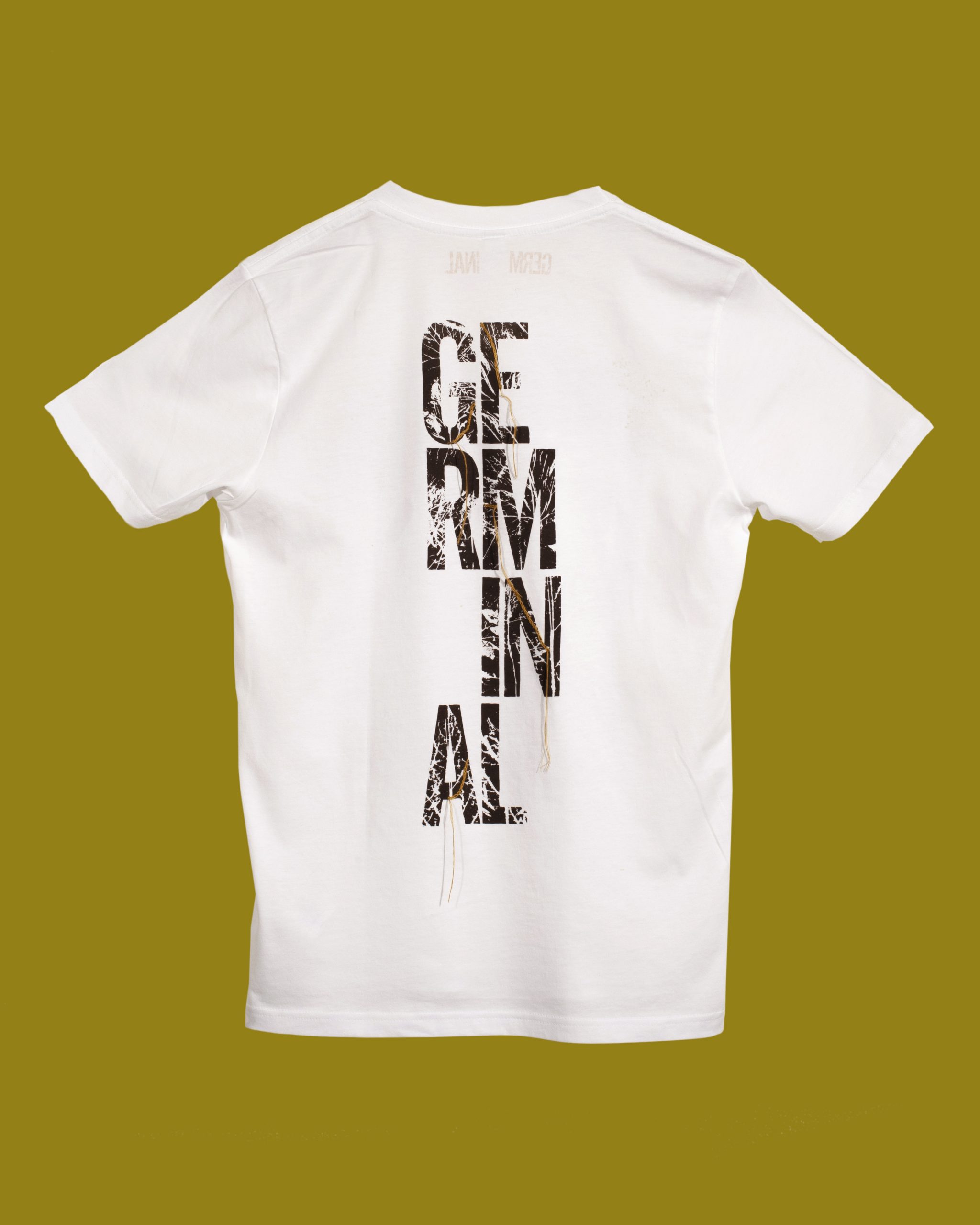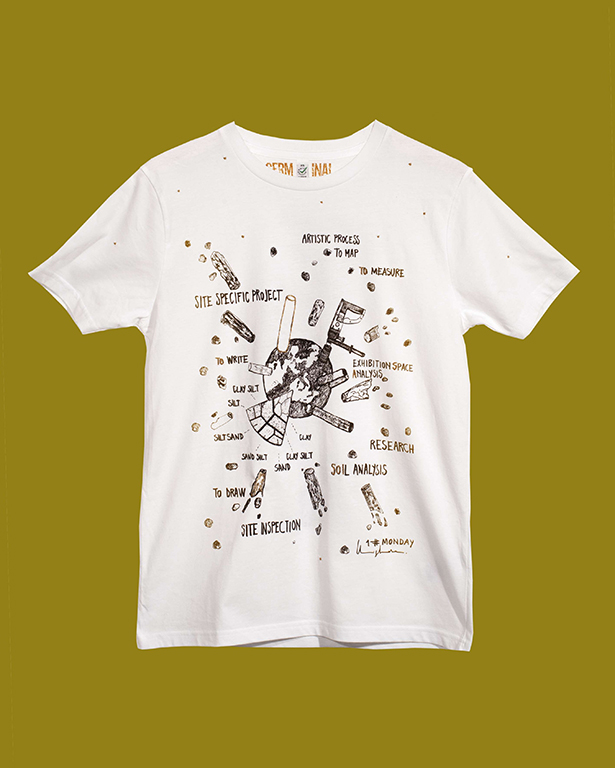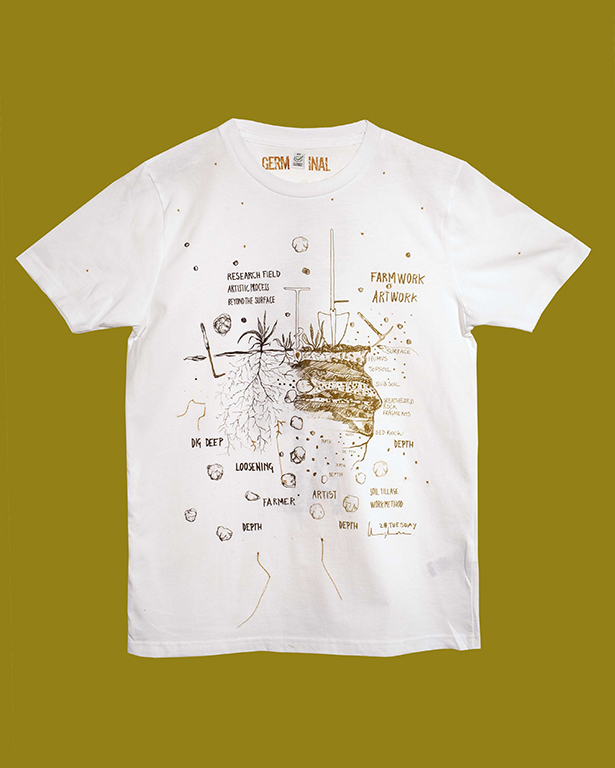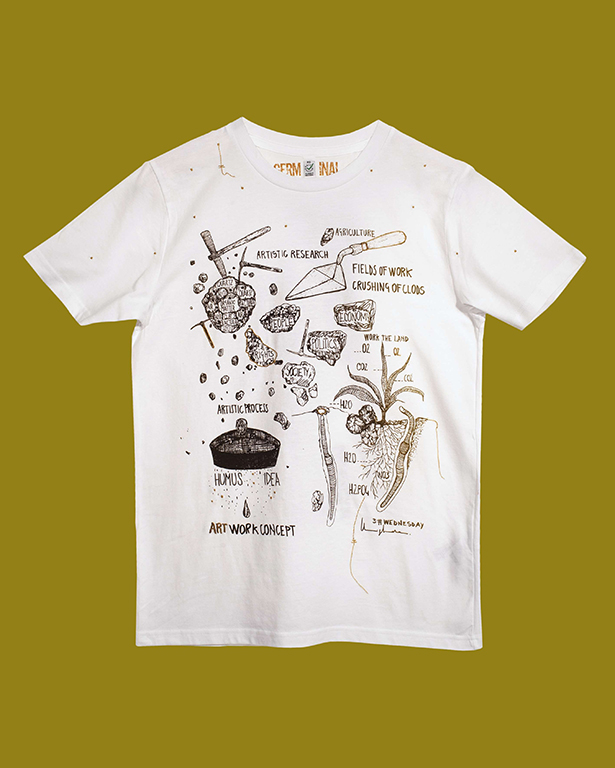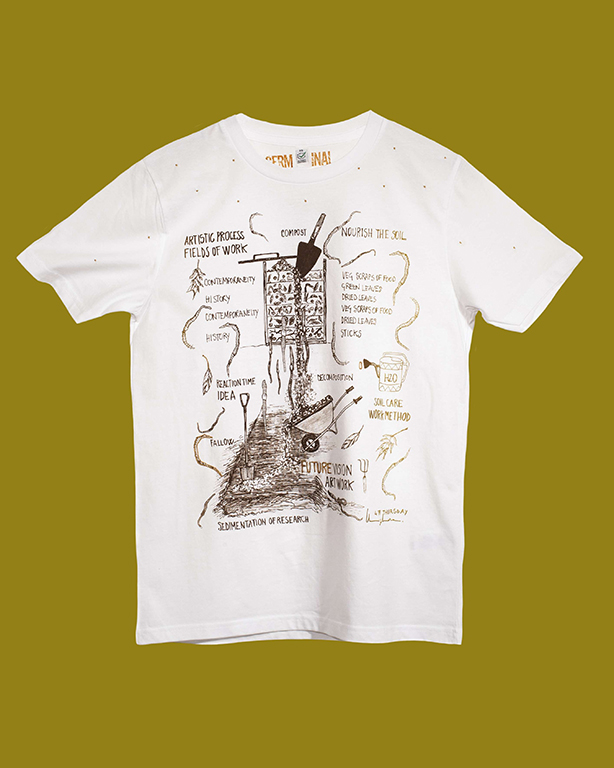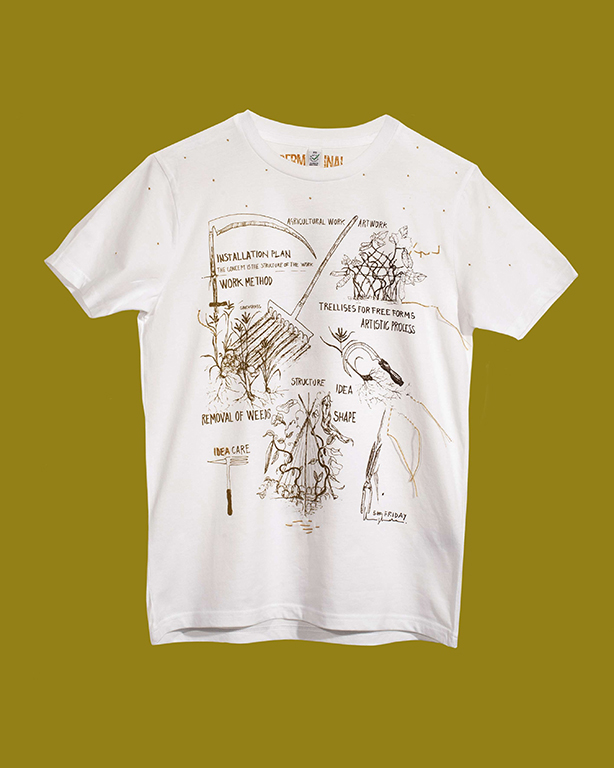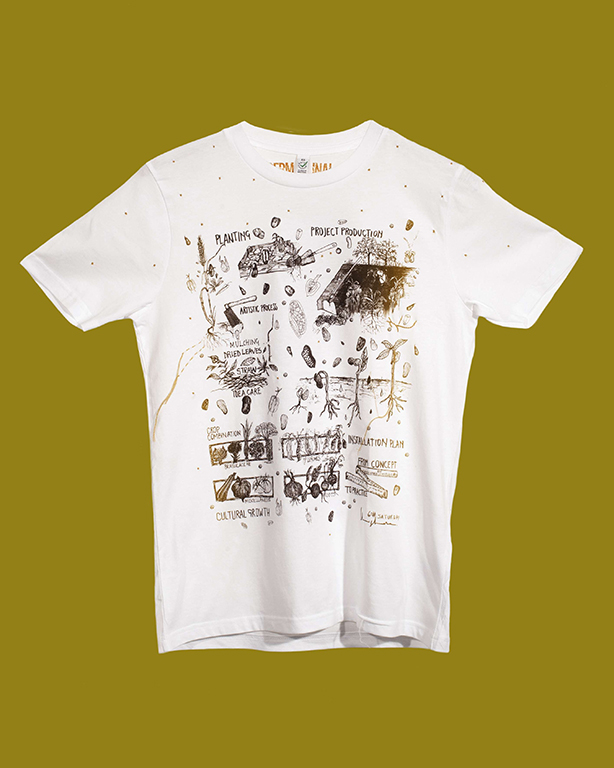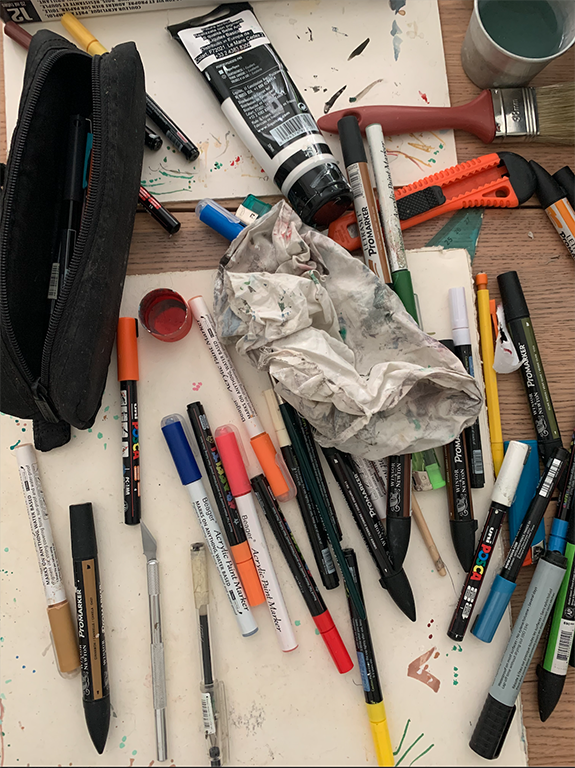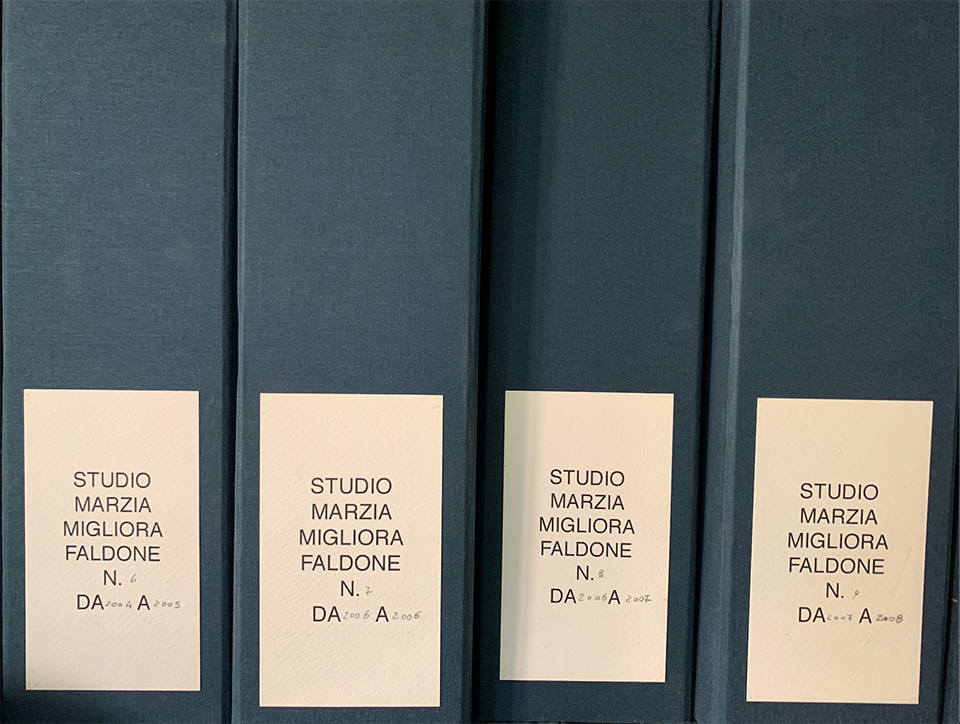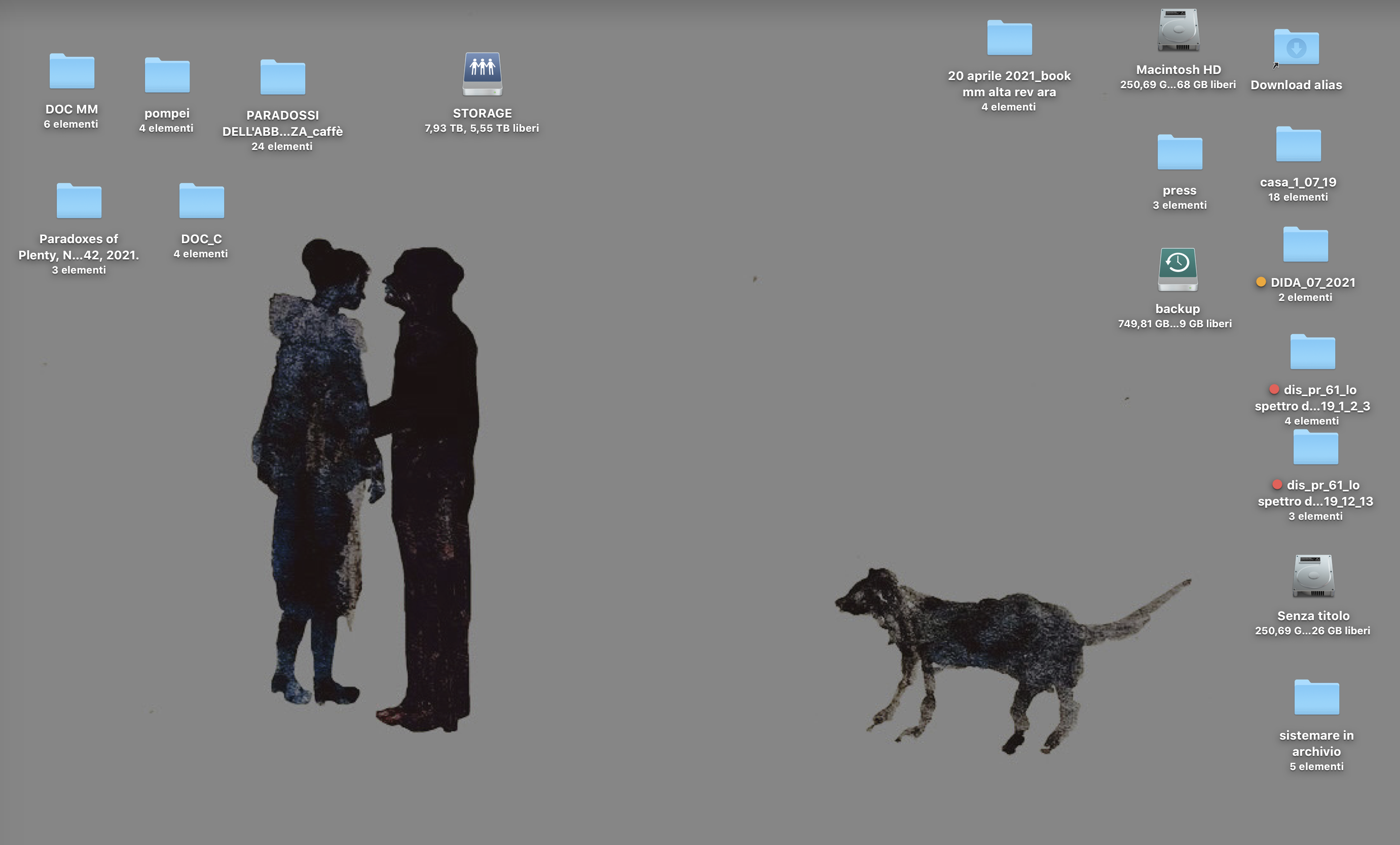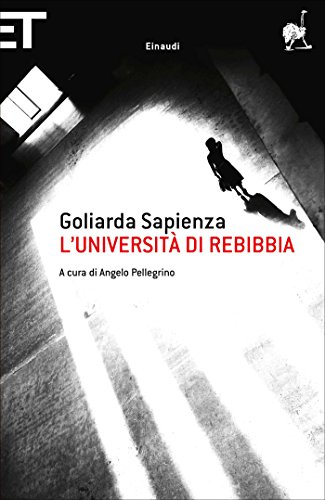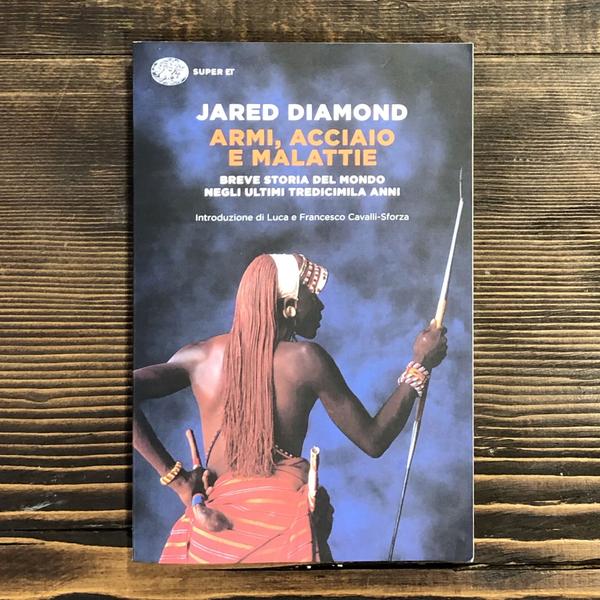
In your artistic practice, you often approach art as a transformative agent and a tool for knowledge, through the reflections that the works can activate or elicit in the viewer. During the pandemic, you conceived the Germinal project, which is based on processes of research, study and production. All these are generally stages that come prior to the presentation of the work to the public, and usually they remain hidden. At the same time, this project explores methods of presentation, creation and participation relating to the artwork that present alternatives to those seen in institutions. Participatory practices, for example, which are open and circular in nature, may become even more necessary at this moment in time as they can help to build a dialogue between people. Can you tell us about this project and its relationship with this moment and the pandemic?
Germinal takes its title from the book of the same name by Émile Zola, published in 1885. Germinal is the seventh month of the French Republican Calendar, which last year corresponded with the period between March 21/22 and April 19/20. During those very months, I began working on the six designs that make up the project, with the idea of silkscreen printing them onto white T-shirts, almost as if they were posters to be worn.
The six silkscreened subjects were each named for a day of the week, like in a practical manual, to illustrate the cultivation of the earth alongside the process of artistic research. Art and agriculture both share the themes of nourishment, patience, care, growth, work and life. One is nourishment for the body, the other for the mind. This work aims to bring to light that which is not generally visible in a contemporary art exhibition: the process and the artistic research, which are both practices that in our country need to be defended and enhanced as indispensable resources for the growth of our future cultural, artistic and social heritage. Germinal is a hybrid project that can be either shown in an exhibition, or exhibited and sold in bookshops at an affordable price. It can be purchased from home even when museums are closed, for example on the Castello di Rivoli website. Its communication and dissemination took place exclusively via the internet and social media, but without losing contact with reality and the public. The last action to conclude the work for those who own one of the 300 editions is to plant some seeds of wheat that the buyer finds inside a booklet that is part of the contents of a personalised flour sack with an original, plant-themed, handmade, numbered frottage. The project stems from the desire to activate strong collaborations in order to connect a series of best practices to give life to a shared project. Among the collaborators, I would like to mention the women of the female prison of Giudecca in Venice who, together with the association Closer, have hand embroidered the design on each T-shirt.
Marzia Migliora, Germinal, 2020. In collaboration with Anabasi.
The 6 subjects of Germinal are:
1# Monday. Using the metaphor of core sampling, I show the parallels between the process of analysing the soil for cultivation and that of investigating the location for an art project. In both the arts and agriculture, these assessments are the basis for a design that is integrated with the existing ecosystem
2# Tuesday. This illustration shows the different layers of soil and the tools used to till and prepare it for planting. The various layers underneath the surface are highly symbolic of the work of research and going deeper that is typical of artistic research. This is necessary preparatory work both in agriculture and in art.
3# Wednesday. In this drawing, the chemical and mineral components of a grain of soil become the main themes of my research. The fertilising action of earthworms is put in parallel with the creative process, in which study and learning generate humus and fertile substance: the idea.
4# Thursday. This drawing relates to the practice of composting, and also forms a parallel analysis of contemporaneity in the context of artistic research. In both cases a process of valorisation of the starting materials (dry leaves, food residue, analysed texts, reflections, preparatory drawings) occurs thanks to stratification, sedimentation, reaction and decomposition time.
5# Friday. This illustration refers to the topic of the load-bearing structure: just as the trellis in agriculture functions as a support for climbing plants, in art the concept is the structure on which you can build the work in its final form.
6# Saturday. The final stage of the research process is the moment that precedes the production of the work: the passage from concept to practice. In the final design, it is compared to the sowing plan and the decision of which crops to put side by side, in order to produce the best possible yield.
GERMINAL
Marzia Migliora, Germinal, 2020. In collaboration with Anabasi.
Multiple edition of 300 unique pieces, certified organic cotton, hand embroidery by the association Closer, caercere della Giudecca, Venice. 6 types of silkscreen prints. Bag 44 x 20 cm, original frottage, brochure, seed envelope. Photos by Greta Stella and Marzia Migliora.
On sale at: e-commerce https://www.castellodirivoli.org shop and book shop Museo Maga, Gallarate.
Establishing a parallel between artistic and agricultural labour, Geminal continues your analysis of the inherent contradictions in industrialised agricultural production models and other practices of intensive exploitation of natural resources, which have upset ancient balances and are at the root of today’s emergencies. Your work often aims to build new critical, participatory imaginaries that contrast with dominant paradigms, in order to suggest alternative hypotheses for the present and the future. Starting from this approach, your research intersects with important issues of our contemporary society, from an unequal distribution of resources to ecology and activism, aiming to encourage critical thinking about the problems of our time. This period of suspension, crisis, and uncertainty has led many of us to reflect, especially upon our role in the world. What function do you think artists can or should have during this particular historical period and in the next phase, following this fracture?
As an artist, I’d like to work on reality. I’d rather start from reality, the reality I live in, and consequently the one we have in common. For many years my research has been dedicated in particular to the theme of work, in all its different guises. Our professions shape and form us; they also constitute our identity and our knowledge, and for those who are luckier, they manage to make our interests and passions concrete. The topic of work allows me to focus my gaze on the living matter of society: speculation, exploitation of natural resources, animals, humans and labour, economics, the relationship with the other and the link with history, all in an attempt to redesign the future. Art has a strong power to generate thoughts, and as an artist, I believe that my role is to give voice to some uncomfortable situations. My works often arise from a problem that I cannot materially solve, but on which I want to activate some thinking through my work. I believe that reading newspapers is the best investigative exercise for an artist: when you go through the pages, it is not difficult to trace out facts and situations that involve us as the actors of our present time. Is art useful? Personally, I think so. It’s a tool, both a microscope on reality and a magnificent kaleidoscope that knows how to fragment, break up, and transform an object, on which it is worth lingering and questioning from different points of view.






















